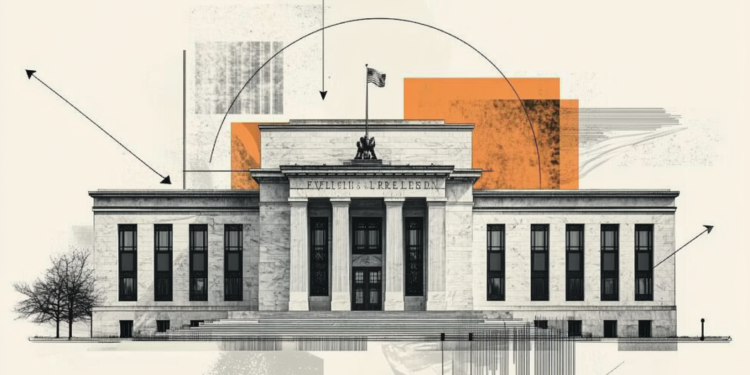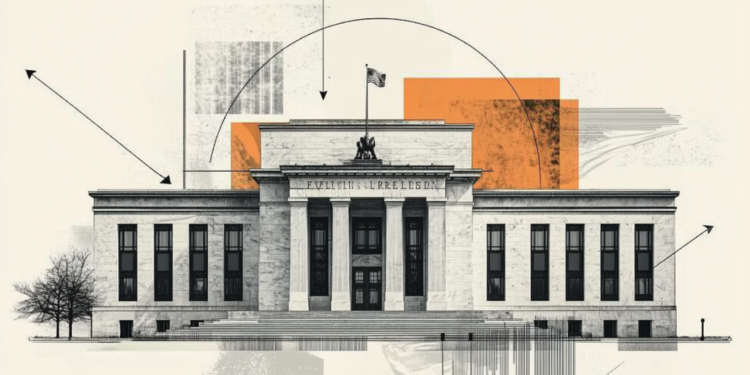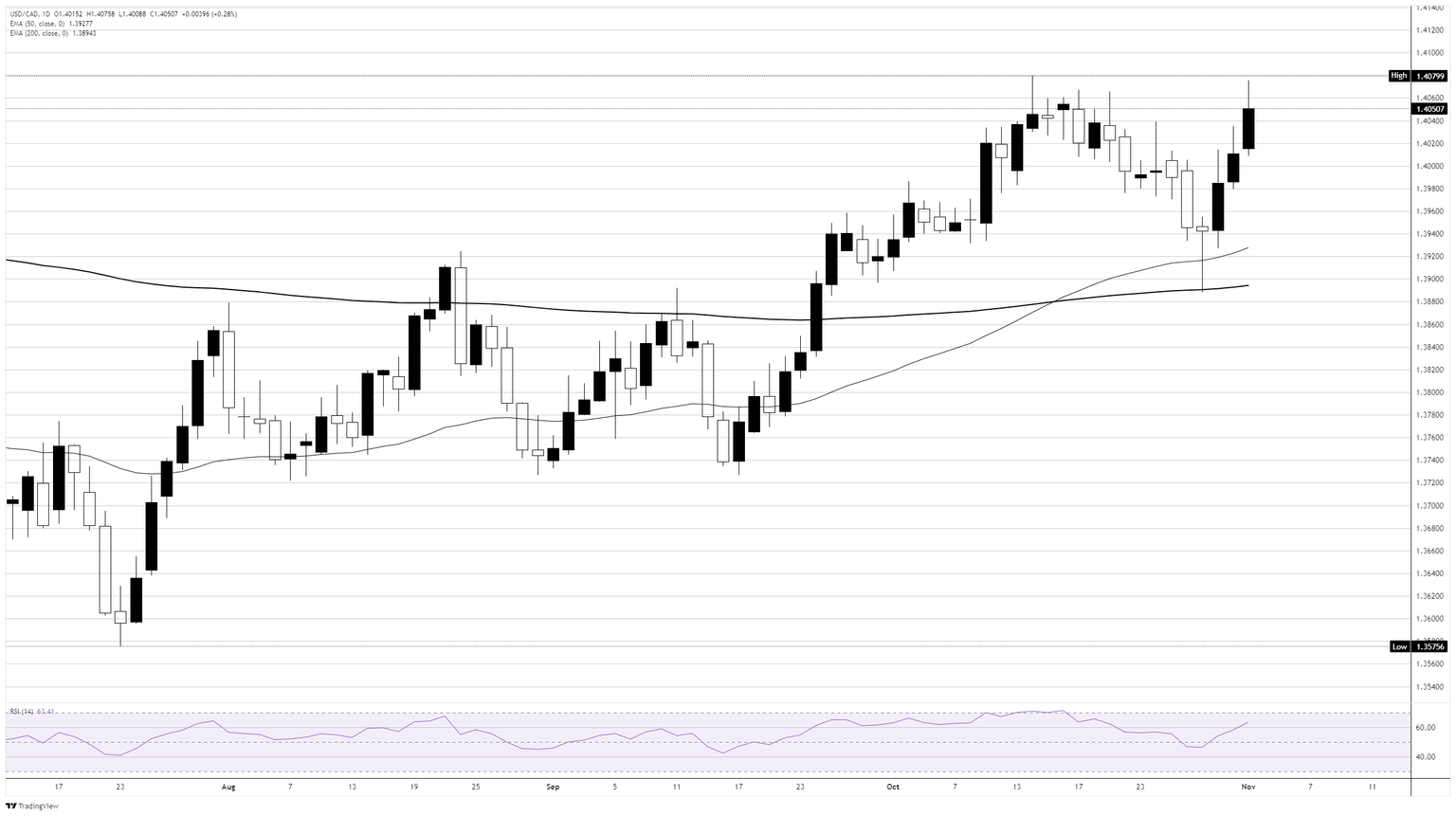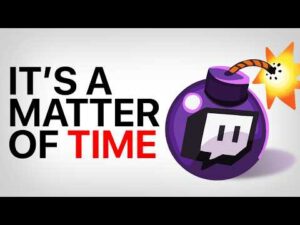Fed’s Bostic Drops a Bombshell: Could an Inflation Target Range Shake Up Your Investment Strategy?
Ever wondered if the Federal Reserve might get a little less rigid with its famous 2% inflation target? Well, Atlanta Fed President Raphael Bostic tossed out the idea of shifting from a fixed number to a flexible range—somewhere between 1.75% and 2.25%. It’s like trading in that one-size-fits-all mindset for something a bit more adaptable, which honestly feels pretty fresh in the world of central banking. Given how inflation has stubbornly lingered above target for so long, and with tariffs playing a less dramatic role than expected, this could be the Fed’s subtle way of admitting that the economy refuses to fit neatly inside their old boxes. Plus, with labor markets doing their own cryptic dance and businesses sitting on the hiring fence, the Fed’s tools and strategies might need a bit of recalibrating to keep pace. Curious how this could ripple through markets and your investments? Dive in with me. LEARN MORE

Federal Reserve Bank of Atlanta President Raphael Bostic said on Tuesday he could eventually support shifting the central bank’s 2% inflation target to a range.
Key Quotes
New Fed policy framework is valid in many different circumstances.
I would be open to using an inflation target range.
Could support a 1.75% to 2.25% inflation target range at some point down the road.
Fed funds rate is the Fed’s primary tool for monetary policy.
Should be concerned about inflation given how long it’s been above target.
Tariff impact thus far is more muted on inflation than expected.
Businesses are feeling cost pressures and limits to not passing them on.
Expects to see more inflation pressures.
Is still worried about inflation; the Fed needs to pay ‘close attention’ to thinking about prices.
If inflation heats up, that could lead to a ‘very difficult response’ in the economy.
Labour markets are very difficult to interpret right now.
Businesses are saying they’re not hiring, not firing, given uncertainty.
It’s possible that the neutral rate is rising.



















Post Comment